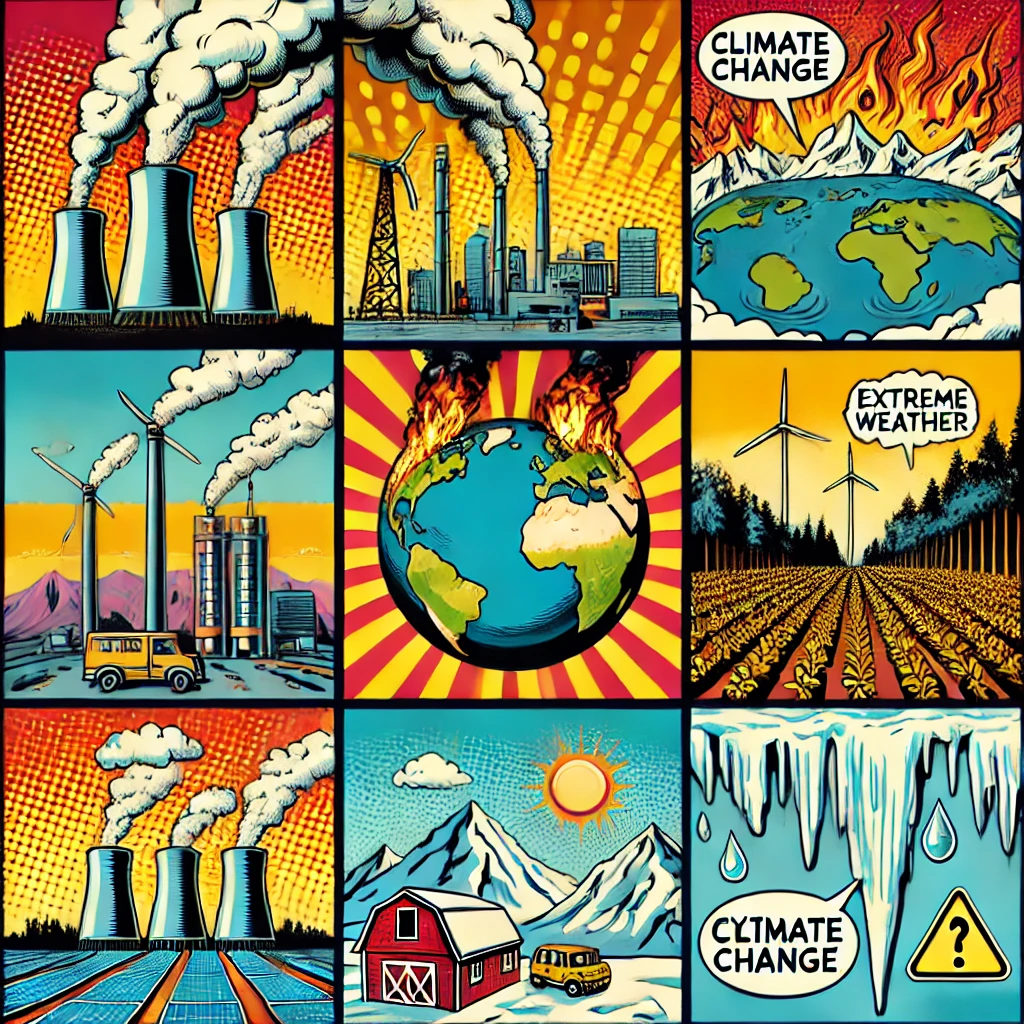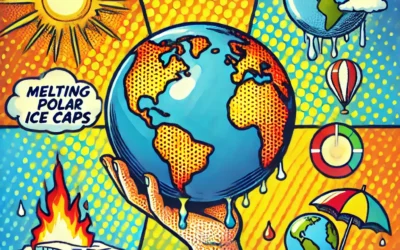Air Pollution Effects: Causes, Impacts, and Solutions
Air pollution is one of the most serious environmental problems in the world. It refers to the release of harmful substances into the air that affect the health and well-being of humans and other living organisms, as well as the quality and functioning of natural and built environments.
According to the OECD Air Pollution Effects Indicator, air pollution causes about 4.5 million premature deaths and 3.8% of GDP loss every year in the OECD countries. In this article, we will explore the causes, impacts, and solutions of air pollution effects.
Causes of Air Pollution Effects
The main causes of air pollution effects are human activities that produce emissions of greenhouse gases (GHGs) and air pollutants. GHGs are gases that trap heat in the atmosphere and contribute to global warming and climate change. The main GHGs are carbon dioxide (CO2), methane (CH4), nitrous oxide (N2O), and fluorinated gases.
Air pollutants are substances that can harm human health and the environment by causing respiratory and cardiovascular diseases, cancer, acid rain, smog, and ozone depletion. The main air pollutants are particulate matter (PM), nitrogen oxides (NOx), sulfur oxides (SOx), carbon monoxide (CO), volatile organic compounds (VOCs), and ozone (O3).
The main sources of GHG and air pollutant emissions are:
- Energy production and consumption: Burning fossil fuels such as coal, oil, and gas for electricity, heating, cooling, and transportation is the largest source of GHG and air pollutant emissions. Renewable energy sources such as solar, wind, and hydro can reduce emissions by replacing fossil fuels.
- Agriculture and land use: Farming activities such as livestock, fertilizers, and rice cultivation emit large amounts of CH4 and N2O. Land use change such as deforestation and urbanization release CO2 and reduce the capacity of forests and soils to absorb and store carbon.
- Industry and waste: Industrial processes such as cement, steel, and chemical production emit CO2, CH4, N2O, and fluorinated gases. Waste management such as landfills, incineration, and wastewater treatment emit CH4, N2O, and other air pollutants.
Impacts of Air Pollution Effects
The impacts of air pollution effects are diverse and interrelated, affecting human health, ecosystems, climate, and economy. Some of the major impacts are:
Human health: Air pollution is the leading environmental risk factor for premature death and disease worldwide. Exposure to high levels of PM, NOx, SOx, CO, VOCs, and O3 can cause respiratory and cardiovascular diseases, cancer, and neurological disorders. According to the OECD Cost of Air Pollution Indicator, air pollution caused 790,000 deaths and 3.8% of GDP loss in the OECD countries in 2015.
Ecosystems: Air pollution can damage the structure and function of natural and managed ecosystems, reducing their biodiversity and productivity. Acid rain can acidify soils and water bodies, affecting the growth and survival of plants and animals. Ozone can reduce photosynthesis and crop yields, affecting food security and income. Air pollutants can also reduce visibility and block sunlight, affecting tourism and recreation.
Climate: Air pollution can affect the climate system in complex and uncertain ways, depending on the type, amount, and location of the emissions. GHGs can increase the global average temperature and cause changes in precipitation, sea level, and extreme weather events. Some air pollutants such as black carbon and ozone can also have a warming effect, while others such as sulfates and aerosols can have a cooling effect. These effects can vary by region and season, and can interact with each other and with natural factors such as clouds and vegetation.
Solutions for Air Pollution Effects
The solutions for air pollution effects require coordinated and comprehensive actions at local, national, and international levels, involving multiple sectors and stakeholders. Some of the key solutions are:
Mitigation: Mitigation refers to reducing the emissions of GHGs and air pollutants, or enhancing the removal of carbon from the atmosphere. Mitigation strategies include increasing energy efficiency, switching to renewable energy sources, improving public transportation, promoting electric vehicles, implementing carbon pricing and taxation, phasing out fossil fuel subsidies, adopting best available technologies and practices, enhancing forest and soil management, and supporting research and innovation.
Adaptation: Adaptation refers to adjusting to the impacts of air pollution and climate change, or reducing the vulnerability and increasing the resilience of human and natural systems. Adaptation strategies include improving air quality monitoring and forecasting, strengthening health care and emergency response, implementing early warning and evacuation systems, enhancing water and food security, restoring and conserving ecosystems, and supporting social and economic development.
Cooperation: Cooperation refers to enhancing the collaboration and coordination among different actors and levels of governance, as well as sharing information, knowledge, and resources. Cooperation strategies include strengthening the implementation and enforcement of existing policies and regulations, developing and harmonizing new standards and guidelines, supporting capacity building and technology transfer, engaging public participation and awareness, and fostering multilateral and bilateral agreements and partnerships.
Conclusion
Air pollution effects are a serious environmental problem that affects the climate and human health. The main causes of air pollution effects are human activities that produce emissions of greenhouse gases and air pollutants. The main impacts of air pollution effects are diverse and interrelated, affecting human health, ecosystems, climate, and economy.
The main solutions for air pollution effects are mitigation, adaptation, and cooperation. By reducing air pollution effects, we can improve our environmental quality, economic competitiveness, and social well-being.






